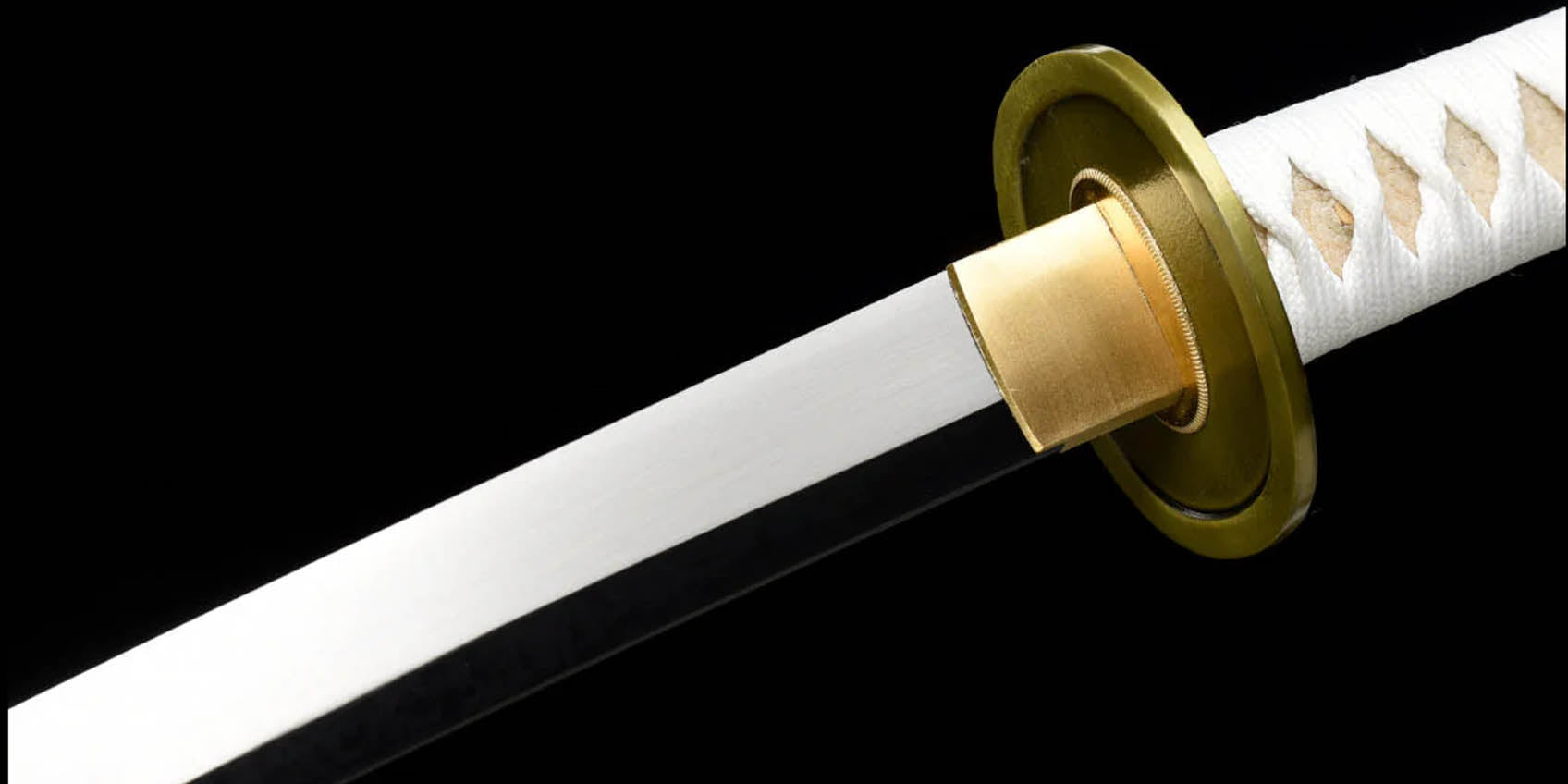The Black and White Katanas: Historical and Cultural Significance

The beauty and allure of the katanas, a traditional Japanese samurai sword, is undeniable. Among the various styles, the black and white katana swords hold a special place for both history enthusiasts and martial arts practitioners. In this blog, we will explore the rich historical influences and cultural significance of these remarkable weapons. Join us in unearthing the timeless elegance and legacy they carry through the ages.
Unveiling the Timeless Elegance of the Black and White Katanas
The black and white katana swords are not only revered for their functionality but also for their stunning aesthetics. These swords feature a contrasting color scheme, where the blade is predominantly black while the handle, guard, and scabbard are white. The striking duality of colors is a testament to the craftsmanship involved in their creation.
Crafted with precision, black and white katanas are often seen as a symbol of balance, representing the unity of darkness and light. While the black blade signifies strength, discipline, and determination, the white elements symbolize purity, tranquility, and enlightenment. This harmonious blend of opposing traits gives the black and white katana an undeniable allure and has made it a sought-after collector's item for enthusiasts worldwide.
Historical Legacy: The Role of Black and White Katana in Ancient Japan
To truly understand the cultural significance of black and white katanas, we must delve into their historical context. During feudal Japan, samurais wielded these masterfully crafted pieces as a symbol of their power and honor. The black and white color scheme became associated with the samurai's dedication to their code of conduct, known as bushido.
The katana itself emerged during the Muromachi period (1336-1573) and reached the height of its popularity during the Edo period (1603-1868). Black and white katanas were often commissioned by daimyos, prominent feudal lords, and served as both a martial weapon and a status symbol. These swords witnessed countless battles, where the warrior's skills and the sword's quality were put to the ultimate test.
Cultural Significance: How Black and White Katana Continues to Inspire Today
The legacy of the black and white katana transcends time and continues to captivate modern-day enthusiasts in various fields. Its distinct color scheme has inspired artworks, fashion trends, and popular culture references. Additionally, martial arts practitioners worldwide strive to master the art of kenjutsu, keeping the spirit of the black and white katana alive.
In the realm of cinema, these magnificent swords have graced the silver screen, captivating audiences with their elegance and formidable presence. Movies like "Kill Bill" and "The Last Samurai" showcased the black and white katana's prowess, captivating viewers with every fierce strike.
Within the martial arts community, black and white katanas remain sought-after training tools, helping students develop not only their physical capabilities, but also their mental fortitude. The discipline required to wield these swords echoes the enduring spirit of the samurai, paving the way for personal growth and self-discovery.
In conclusion, the black and white katana swords hold historical and cultural significance that transcends time. From their timeless elegance to their role in ancient Japan, these masterpieces captivate the hearts and minds of enthusiasts worldwide. As they continue to inspire modern-day art, fashion, and martial arts, the legacy of the black and white katana remains unwavering—a testament to the enduring traditions of ancient Japan.
